Be on the Watch for Asps! By: Molly Keck
Puss caterpillars, AKA Asps have been spotted this season in south TX! Be on the lookout and be careful if you encounter them.
These fuzzy, almost cute, little caterpillars can inflict a nasty sting without provocation. Hidden inside the
fuzzy façade, are venomous spines that result in a painful rash or “burn”. They are not aggressive caterpillars, and stings often occur when individuals accidentally brush up against them, or curious children pick one up to check it out.
The moth they will become is generally called a flannel moth. They get their name because they are also fuzzy, although they are not venomous like their immature form.
Fall is often a common time to see Asps and they can be found in large numbers, congregating in
shrubbery and/or trees.
If you have a population of asps, you may consider treating the plant with Spinosad or permethrin to avoid the risk of being stung. To help educate your staff about this pest, check out our IPM Action Plan for Stinging Caterpillars
Spooky Spiders! By: Molly Keck
Spiders may be on the mind with Halloween around the corner. But spiders are most likely to be spotted during the fall, in my opinion.
It is important to remember that there are many different species of spiders in Texas, but only the recluse and widow spiders have venom that is harmful to humans.
Every spider has fangs and can bite, and while it may be painful, your reaction should be minor.
Common, harmless spiders, you will likely encounter this fall are wolf spiders, kite spiders, green lynx spiders (a favorite of mine) and Argiope or zipper spiders (my absolute favorite spider!).
Recluse spiders are small brown spiders with a fiddle on the back. They are no larger than a quarter with
the legs stretched out. Recluse spiders are found in cluttered, undisturbed areas such as attics, storage closets, and sheds. They are also commonly brought down into the home from the attic when holiday decorations are moved in, so be careful when handling wreaths and artificial Christmas trees if you know you have had a recluse problem in the past. In schools we commonly see these spiders in bus barns, athletic storage rooms, and other dark undisturbed places.
Widow spiders are black, shiny, and have an orange to red hour glass on their abdomen. They are also found in undisturbed areas or under debris such as rocks and firewood. Often in schools, we see these spiders located around awnings, brick ledges, and other areas cluttered undisturbed areas. Check out this link and share with your teachers on how to pest proof their home from spiders.
WHAT IS THE SAFER CHOICE LABEL? From US EPA
Finding products that are safer for you, your family, and the environment should be easy—that’s why EPA created the Safer Choice label. The Safer Choice label helps you identify products with safer chemical ingredients, without sacrificing quality or performance. When you see a product with the Safer Choice label, it means that every ingredient in the product has been evaluated by EPA scientists. Only the safest ingredients are allowed in products with the Safer Choice label.
Redesign: For the past 15 years EPA’s label for safer chemical products has been known as Design for the Environment, or “DfE”. We spent more than a year collecting ideas and discussing new label options with stakeholders, such as product manufacturers and environmental and health advocates. Then we took our ideas to you and asked what worked best. The result is the new Safer Choice label.
The Safer Choice Difference: Our product review process is grounded in more than 40 years of EPA experience evaluating the human health and environmental characteristics of chemicals. Products that carry the Safer Choice label must meet requirements for:
- Safer chemical ingredients
- Performance
- Packaging
- Ingredient disclosure
- Volatile Organic Compounds (VOCs)
Safer Choice Products: The Safer Choice Program includes products designed for homes and businesses. They are safer choices for your workplace, schools, and community. Visit your local retailer to find Safer Choice products.
SAFER CHOICE FRAGRANCE – FREE: Some consumers and purchasers prefer or require fragrance-free products. Safer Choice’s Fragrance-Free label helps purchasers identify products verified to be fragrance-free by EPA. The Fragrance-free Certification The fragrance-free certification is a companion to the Safer Choice label. If a product qualifies for the Safer Choice label and does not use any fragrance materials, the program will allow the manufacturer to add a “fragrance-free” notation to the Safer Choice label. The fragrance-free certification means that: 1) The product meets the U.S. EPA Safer Product Standards, and 2) The product has also been verified to be free of chemicals that impart or mask a scent. For consumers and purchasers, especially those with allergy or sensitization concerns, the fragrance-free label allows for easy identification of products that have been verified as free of fragrance materials. For more information check out the EPA website
http://www2.epa.gov/saferchoice/learn-about-safer-choice-label
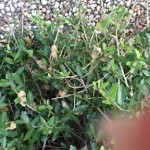
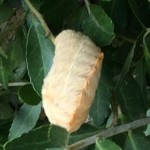
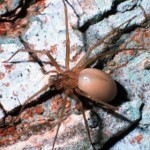
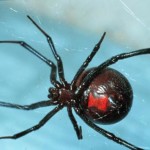
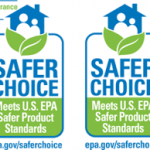

 .
.